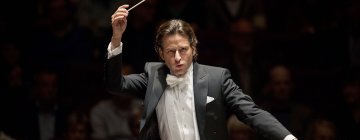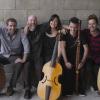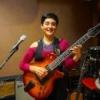
“What can chamber music mean right now, in this city, in this moment?” That’s the bold question Owen Dalby and Meena Bhasin, co-directors of Noe Music, posed as the animating question of the group’s 33rd season. And on Sunday, during the opening concert at Noe Valley Ministry, a piano recital by Elizabeth Joy Roe (with a guest feature by Bhasin herself on viola) gradually compiled an answer.
Roe, well known as half of the Anderson and Roe piano duo, programmed études by Philip Glass, Samuel Carl Adams, Alexander Scriabin, and Frédéric Chopin on the long first half, daring the audience to draw connections among these disparate composers and styles. Roe explained that she wanted to “elevate the étude,” to prove that they are “artistic statements” too, and not just study pieces. It is hard to imagine anyone arguing with this, given the prominence of études in the piano repertoire.
Roe lent each piece a unique, compelling voice that demonstrated her stylistic versatility and drew attention away from the program’s less than revelatory concept. The opening of Glass’s Étude No. 2 showed Roe at her most insightful: like all the Glass études, the piece requires a laser-like focus on the repeating rhythmic blocks, with dizzyingly changing time signatures in every measure.
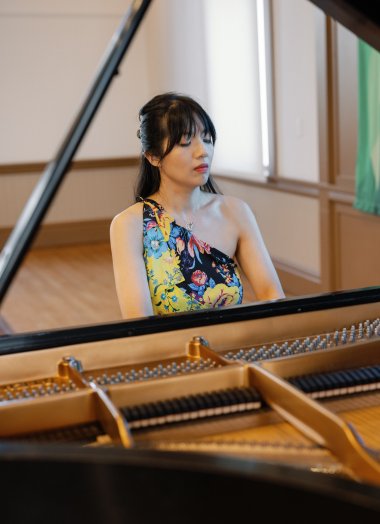
The temptation is to play Glass’s Étude with intense rhythmic and dynamic consistency in an effort to invoke the flow state so often associated with the composer’s music. Roe, however, began tentatively, with a soft, almost hesitating touch that seemed to explore the phrase’s construction. In retrospect, after this rhythm had evolved into a grinding, machine-like background, it was clear that Roe had used this opening to assemble, in real time, Glass’s signature style, pulling apart the individual elements in order to understand its construction. It was a clarifying gesture, easy to miss, that demonstrated Roe’s active role in humanizing this music.
Roe brought similar insight to the Scriabin and Chopin études, which she attacked with a much more colorful sound. Roe highlighted the singing of the tortured treble melody, ensuring it wasn’t overshadowed by the violent, twisting left-hand sextuplets. She repeated this impressive balancing act in Chopin’s Étude in A-flat, op. 25, no. 1, another treacherous piece in which it is too easy to overplay both hands’ harp-like sprints. Roe’s thrill in these pieces was palpable, articulating their tension and drama without calling attention to the physical and technical prowess they demand.
This was the Bay Area premiere of Samuel Carl Adams’s Études (first performed in Santa Barbara, in 2023). As Adams describes it, the piece is seven short pieces that, played without pause, constitute a single étude. The challenge, he writes, was to create études that could function both as independent technical studies while also serving as performance pieces, whether played independently or together
Sunday’s performance, regrettably, did not make a case for the work. Each of the seven miniatures had a distinct sound, from the echoing chord pairs of the “Clear, resonant” sections to the Debussyan flow of “Rippling.” Yet these individual moments were surprisingly slack: Adams’s emphasis on the sonorities and colors, however sparkling, came at the cost of the music’s drive. I kept hoping that some virtuosic energy — one of the hallmarks of the étude — would appear and lend even the smallest bit of tension to these pieces.
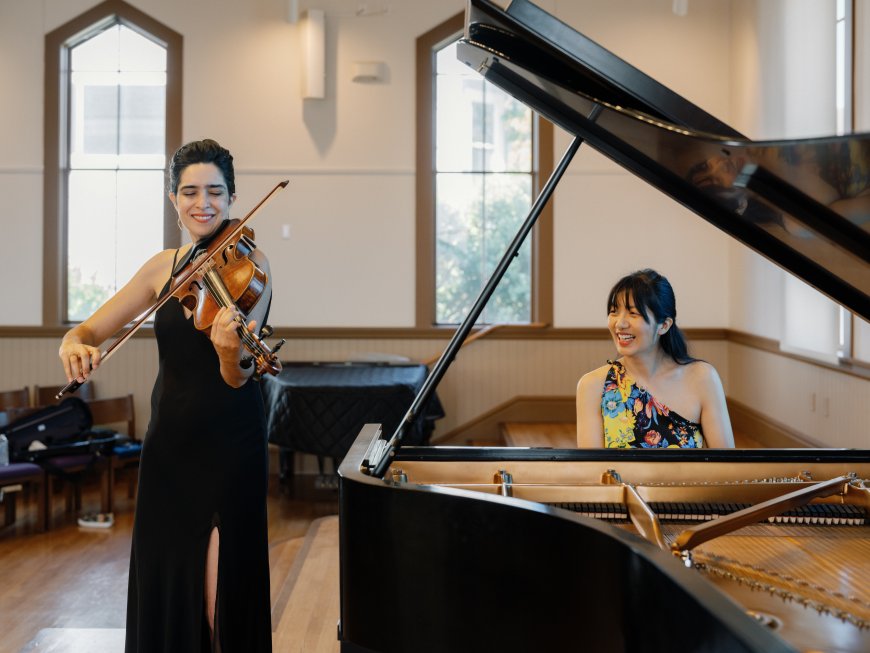
As for Johannes Brahms’s Sonata for Viola and Piano, your guess is as good as mine as to what it had to do with the set of études, though it was performed excellently by Roe and Bhasin on viola. Together they created a sound that filled the hall of Noe Valley Ministry, and the stormy minor first movement was more hair-raising than any other piece on the program. Yet Brahms’s evocation of classical Vienna was hard to square with the inquisitive parade of études that had encouraged us to question the point of this grandiose style.
In this light, the Brahms sonata was the answer to the question Dalby and Bhasin had posed at the beginning. Perhaps only in a chamber music setting is it possible to really hear how a performer meets the music: in the subtle piecing-together of a melody, in the searching repetitions of familiar sounds, and in the personal balancing act between virtuosity and expression.
